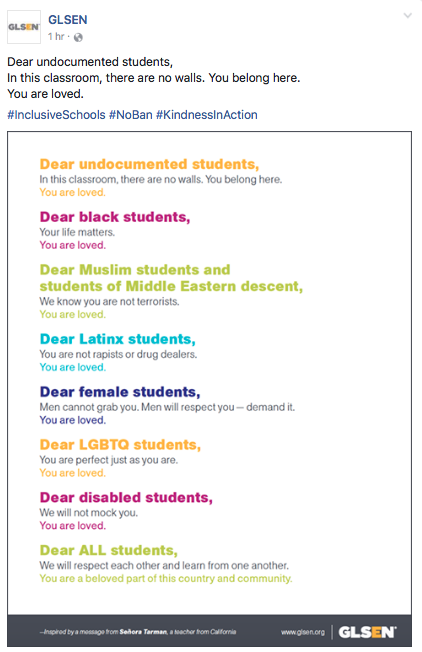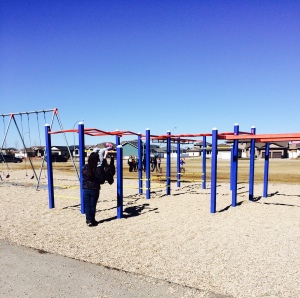The Education 808 class that I am currently taking has a class blog. Check it out if you’d like to keep up with our learning about social justice and globalization in education. I wrote a post regarding my thoughts about social justice for the site and wanted to share it here.
Hi everyone. I’m Cynthia – a second year, full-time grad student. This class, along with ECI 804 this semester are my last classes. I will begin working on my thesis in January focusing literacy education, diverse groups of learners, and using technology as more than an adaptation or modification.
I see social justice in terms of helping those in need and working to create a more just place for all people and all students. Ideally it would be nice if people were treated equally and everyone had enough to cover their basic needs, as well as having their rights to education and health care met; sadly this is not a reality. One thing that bothers me is how much easier it seems to be able to help those in other countries, when here at home, we have people who can use our support and issues that need to be solved. I also think about global education through a social justice lens which involves teaching students about a variety of issues, thinking about others, doing good at home and in the world, and to be empower students to begin to take action to make a difference in their lives and the lives of others. Students become global citizens when they are able to think about the world and helping others, as well as recognizing that while they may be students here in Saskatchewan, but that they are part of the world, and have the potential to make a difference for all.

Photo Credit: appratt via Compfight cc
I believe that approaching the curriculum and student engagement from a critical perspective incorporates pedagogy that draws on the life experiences of students, and on community issues. I believe that all students, regardless of class, race or ability (for ex.) should learn about social justice issues that are happening. Topics such as homelessness, struggles in education, cultural diversity, human rights, globalization and LGBTQI issues have a place to be taught in the classroom. All students to some degree, even if an issue doesn’t directly impact them, will know someone who is. It is important to teach about these issues in order for students to be able to think about them and work towards making a difference and taking action, even if that starts locally.

Photo Credit: Gay Liberation Network via Compfight cc
There are a few social justice topics that I am really interested in and concerned about. As a member of the LGBTQI community, I am concerned about the rights and treatment of LGBTQI people. While progress is being made in the United States, there is still a long way to come in the rest of the world and even in Canada. Acceptance is one area where progress still needs to be made, in order for bullying and suicide rates to decline.
Another area that I am concerned about is how students of different abilities and different ethnicities are included in classrooms here in Saskatchewan and the education they are receiving in relation to their peers. While many schools seek to practice inclusion, often times, this ends up as providing an illusion of being inclusive of all students. Specific teaching moments have led me to rethink what it means when I work to be an inclusive educator, because the very act of identifying those who need to be included, is impacted by power, deficit thinking, the production of societies norms, and stereotypes and labels that are applied to students. I believe that all students are capable of learning that teachers need to hold high expectations for their students. I also think that it is the job of educators to ensure an equitable classroom.





